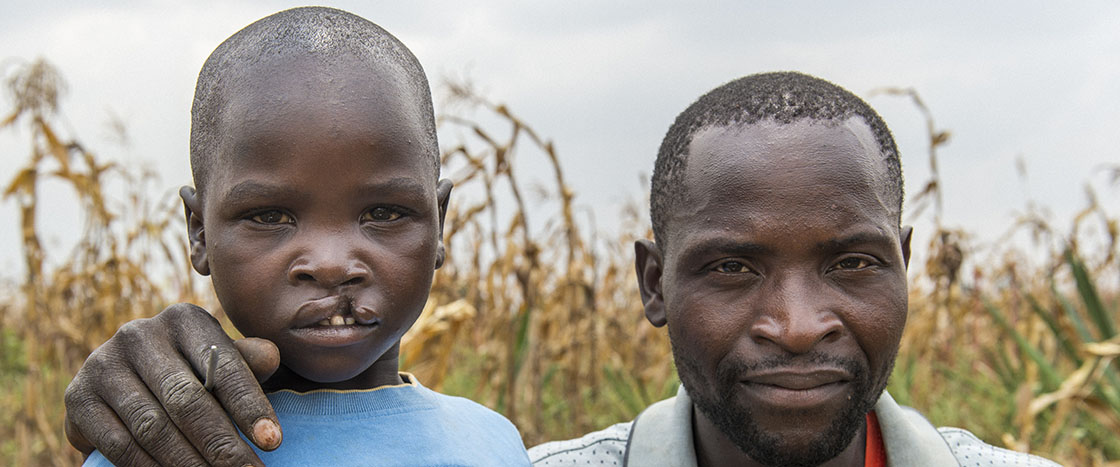In a quiet village in the African country of Tanzania, inside a small schoolhouse, a group of students sang with their teacher. As the kids’ voices rose up, their faces were bright and smiling. But in the front row, one boy sat glumly, his mouth barely moving, his eyes pointed at the floor.
This was Osawa Owiti. He was 6 years old.
Osawa [oh-SOW-uh] had few friends. Many of his family’s neighbors viewed him with suspicion and even fear. Some said he was cursed.
What did Osawa do to deserve such a lonely life? Why did people treat him with such cruelty?
In fact, Osawa had done nothing. He was simply born looking different from most people. He had a condition called cleft lip, which means that his mouth and lip were misshapen. His upper lip rose up toward his nose. His front tooth poked out through his lip. The condition made it hard for Osawa to eat and speak.


